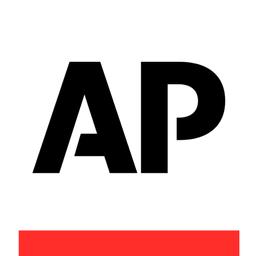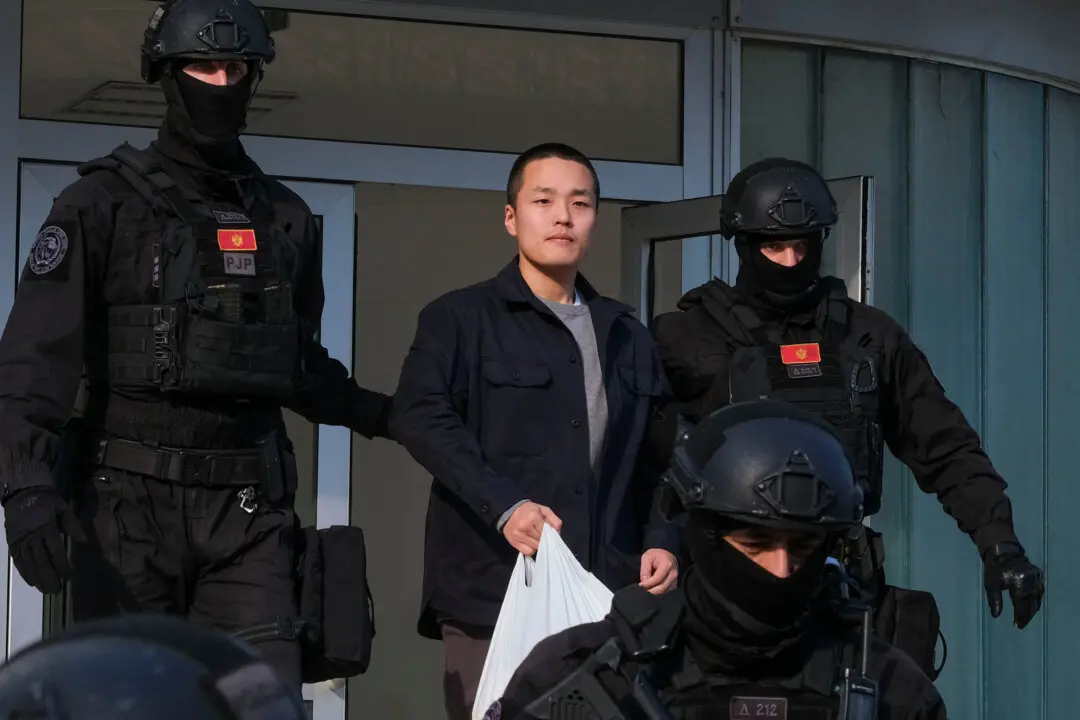RIYADH, Saudi Arabia—Saudi Arabia on Monday, Dec. 28, said this year’s budget deficit amounted to $98 billion (367 billion riyals) as lower oil prices cut into the government’s main source of revenue, prompting the kingdom to scale back spending for the coming year and hike up gasoline prices.
A royal decree announced that petrol prices would go up by 50 percent effective Tuesday. Even with that jump, Saudis will pay just 24 cents (0.90 riyals) for a liter of 95 octane gasoline, less than a dollar per gallon. The Saudi-based Jadwa Investment estimates the government spends around $61 billion in energy subsidies annually, almost $11 billion of that on gasoline subsidies alone.
For two consecutive years the kingdom has posted a deficit, and it is planning for another budget shortfall next year, projected at $87 billion (326 billion riyals).
The deficits represent a sharp turnaround from just a few years ago, before oil prices tumbled in mid-2014.
Instead of cutting oil production to drive prices up, Saudi Arabia has aggressively kept its production levels high in what analysts say is an attempt to keep its market share and stymie the reach of U.S. shale producers in the global market.
The Saudi government has been digging into its large foreign reserves, built up during years of higher oil prices. To cover the difference between its spending and revenue over the past year, Saudi Arabia has drawn its reserves down from $728 billion at the end of last year to around $640 billion.
The Saudi fiscal budget is being watched closely by investors to see how the kingdom plans to consolidate after years of heavy spending when oil prices were more than double what they are now. Benchmark U.S. crude was trading Monday at $37.46 per barrel on the New York Mercantile Exchange.
One area where the government is not cutting back is defense and security, where it allocated $57 billion (213 billion riyals) for 2016. Saudi Arabia has been leading a coalition against Shiite Houthi rebels in Yemen since March and is a member of the U.S.-led coalition battling the ISIS group in Syria and Iraq.
The government said it is anticipating $137 billion (513 billion riyals) in revenue for the coming year, around $26 billion (95 billion riyals) less than the total for 2015. As is typical for the published version of the budget, it did not include a projected oil price.
Next year’s budget suggests that Saudi Arabia is basing its revenue on an even lower price of $40 a barrel for export crude, if production remains at 10.2 million barrels per day, said Fahad Alturki, chief economist and head of research at Saudi-based Jadwa Investment. That’s less than the $56 per barrel priced into the projected 2015 budget.
In the 2015 budget, oil revenues accounted for 72 percent of total revenue as opposed to 87 percent in 2014. Coinciding with that drop, non-oil revenues rose by almost $10 billion from 2014.
Diversifying
Saudi Arabia and its Arab Gulf neighbors have been working to diversify their economies and decrease their dependence on oil, and to support the private sector to absorb the millions of young people coming into the workforce.





